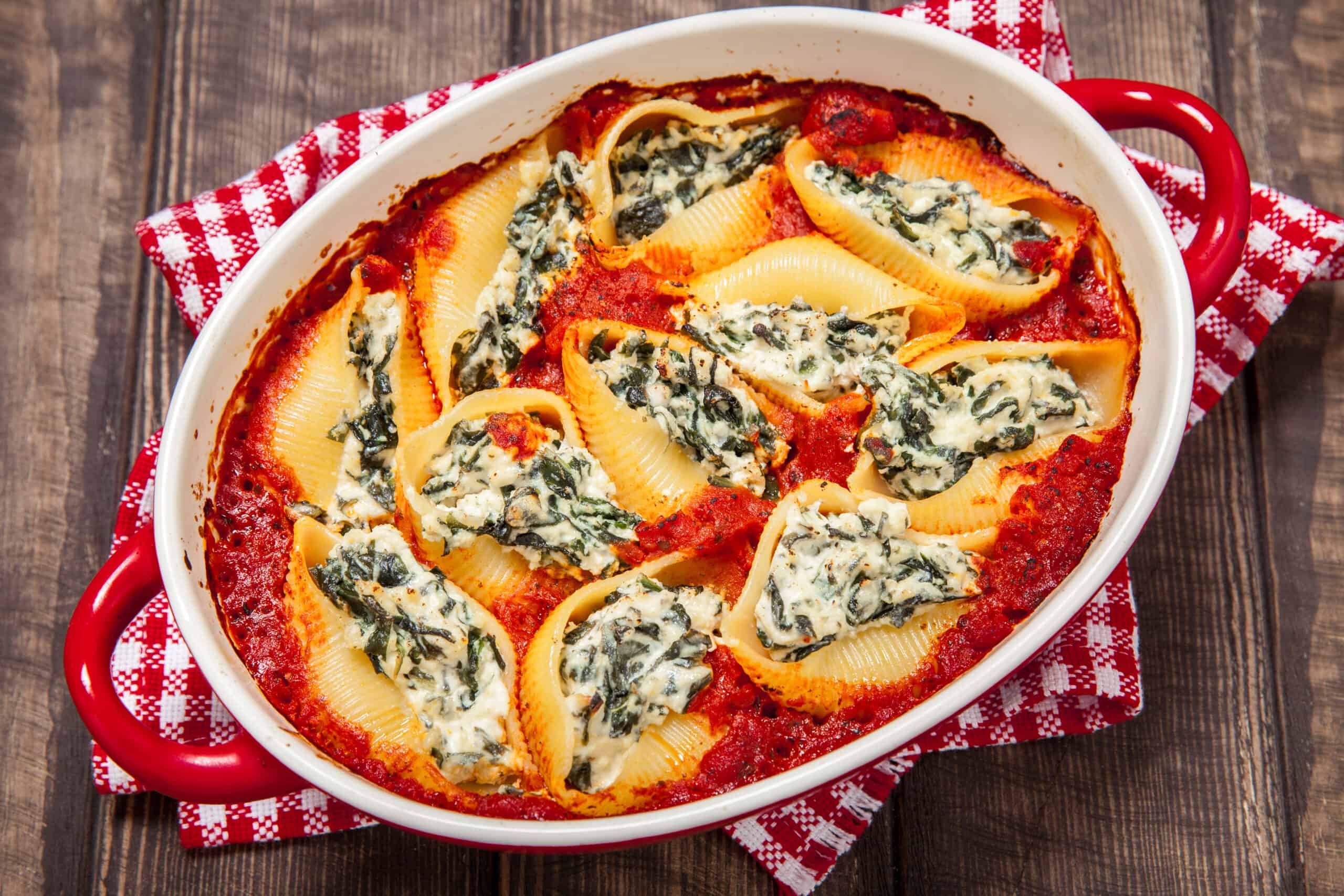Cottage cheese and ricotta, known as unripened cheeses, are famous in many dishes worldwide. They are one of the most versatile cheeses in the market. You can have them for breakfast, a quick snack, or dessert since they are unlimited. These cheeses are delicious, moist, and have a mild taste. Despite their similarities, they are very different, especially in appearance.
It may be hard to tell them apart by looking at them side by side without knowing about them. Cottage cheese comprises small, medium, or large curds that make it lumpy, while ricotta has a fine grainy texture and looks moist. This post expounds on cottage and ricotta cheeses, their texture, ingredients, taste, benefits, and more.
Cottage Cheese vs. Ricotta: How Do They Differ?
As a professional or home cook, you know the value cheese adds to foods. Nothing beats the richness in flavor and creaminess the food acquires! There are over 1800 types, and cheese isn't just cheese. It's important to differentiate between multiple types.
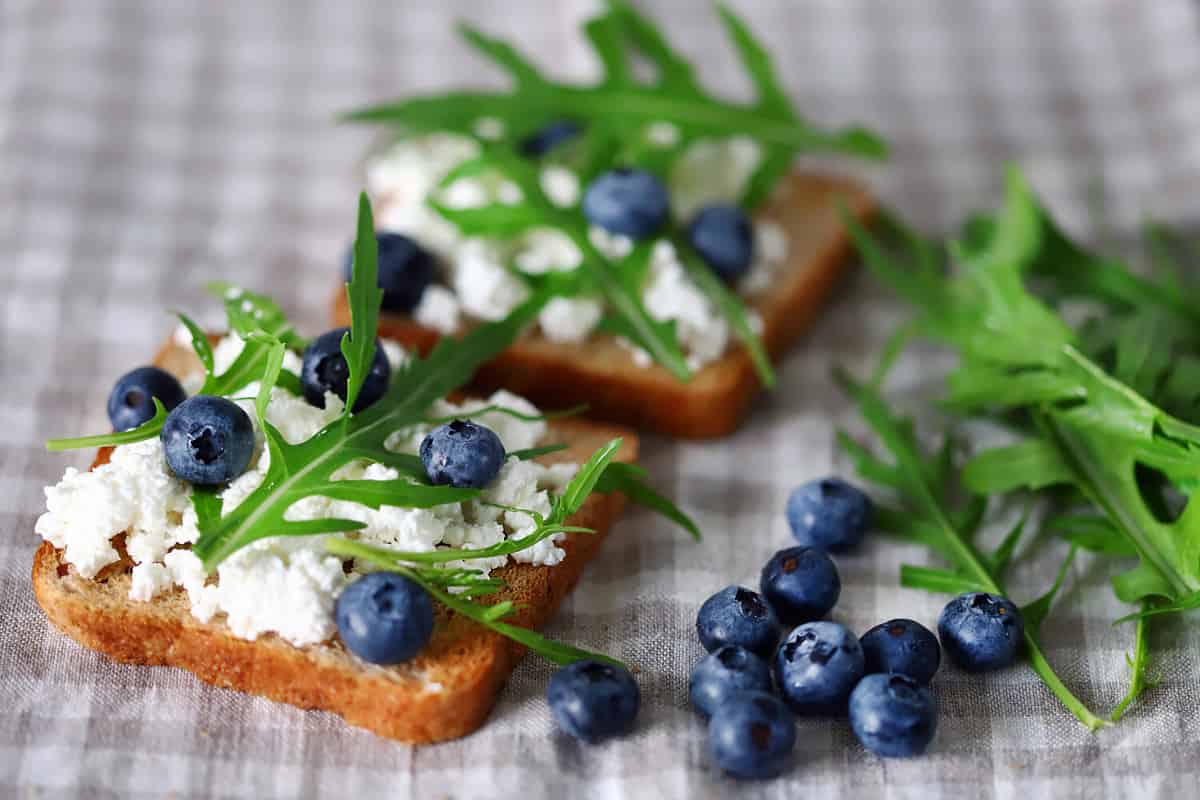
©Chatham172/Shutterstock.com
Take cottage and ricotta cheeses, they may appear similar, but a significant difference in the making process contributes heavily to their appearance and texture. Cottage cheese comes from curds or milk solids made after heating cow milk. Acid is put into the milk to help stretch the curds and separate them from whey. As for ricotta, the resulting whey is what makes it. After the stretching process, the whey and leftover milk solids come into use rather than becoming waste. The whey is cooked for the second time in whole milk, vinegar, or citrus to curdle it, and the resulting product is ricotta cheese.
Their texture varies based on the making process. Cottage cheese is more curdled and chunky, unlike ricotta. It comes in several styles influenced by the size of chunks or curds. They can be small, medium, or large, but all taste the same and have a soft and creamy texture. Ricotta is smooth compared to other cheeses but with a few milk solids. Though both kinds of cheese are interchangeable, their flavors vary slightly. Cottage cheese is saltier than ricotta as salt is added during its making. Ricotta has a mild taste or flavor and falls on the sweeter side.
What is Cottage Cheese?
It's a famous Italian cheese made from cow milk. Some people use sheep milk which also gives it a great taste. The cheese is fresh or unripened with a mildly acidic flavor acquired from the cheese-making process. The procedure involves heating milk until it curdles. At this point, the milk is a mixture of curds, and liquid or whey and curd stretching occurs to separate the curds from the liquid.
- The must-have convenient reference guide for every home cook!
- Includes more than 8,000 substitutions for ingredients, cookware, and techniques.
- Save time and money on by avoiding trips to grab that "missing" ingredient you don't really need.
Acid, either lemon juice or vinegar, is involved in the separation procedure; hence the slight acidity in the cheese and a bit of salt added during the cooking. Once the curds are out, the making of cottage cheese begins until the lumpy final product you see on the supermarket shelves.
Traditionally, cottage cheese comes from whole milk with a high-fat content of about 1-5 grams per serving. However, don’t be shocked to see one that’s low fat or no fat at all (non-fat). Another name for the low-fat version is ‘part skimmed,’ meaning the cheese lost some of the fat during skimming. This version is an excellent choice for salads or a healthy snack. It’s a common ingredient in many dishes in and outside Italy. You can find it in dips, eat it as is, or serve it with vegetables or fruits.
Nutritional Value of Cottage Cheese
The fat element in whole milk cottage cheese may put away some people. Nevertheless, other fantastic options like the skimmed or partly skimmed versions are also great. Note that the fat range differs depending on the milk used, e.g., sheep or cow milk. Compared to ricotta, cottage cheese has lesser fat and calories, hence great for anyone on a weight loss journey or wanting to keep their weight in check. It is also a huge source of calcium, protein, and phosphorous.
The cheese contains all essential proteins and amino acids to build body muscle. Calcium helps with bone and teeth formation, suitable for kids whose bones are still forming and anyone who wants to maintain healthy and strong bones—the vitamin D and Selenium in the cheese and perfect for the immune system.
What is Ricotta Cheese?
Ricotta cheese, also of Italian origin, comes from whey and milk solids left during production. Ricotta and cottage cheese go hand in hand; one has to be there for the other to exist. Cow milk is the main ingredient though sheep milk is used sometimes. Once the milk is well-heated, you’ll see curd and liquid (whey), which need separation to get the ricotta. Stretching of the curds helps separate them from whey, which is leftover. It is cooked in whole milk, vinegar, or citrus for curdling
The cheese gets its name from the second cooking process. Remember, the first was to make the cheese and, lastly, the ricotta. Ricotta means to recook. The whey naturally makes ricotta low-fat. But because of the cream, which gives it a creamy texture, it tends to have high fat than cottage cheese. Ricotta is smooth with tiny granules that come from the curdling process.
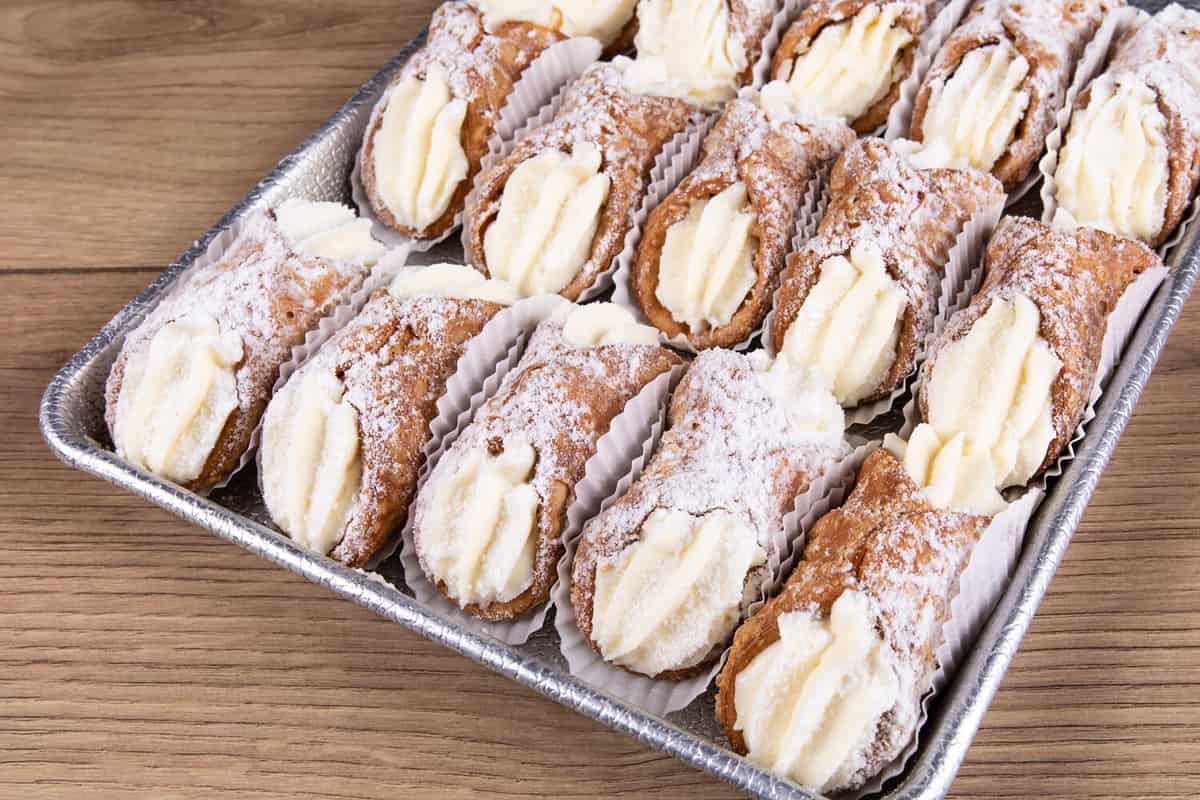
©Toasted Pictures/Shutterstock.com
You may have tasted ricotta severally because it is common, especially for pasta dishes. Baked items like ricotta cheesecake are famous for their incorporation of cheese. Salads are another suitable dish for this cheese and many other dishes. Ricotta's mild and sweet flavor makes it ideal for sweet and savory foods. You can find it in different forms and textures, like the very smooth kind or one with a gritty texture. Some have total fat, while others have light fat.
Though we refer to ricotta as cheese, did you know it's not cheese? Ricotta is a by-product of the cheese-making process. The Italians came up with the idea after noticing they were wasting too much whey!
Nutritional Value of Ricotta
Like cottage cheese, ricotta is packed with proteins, phosphorous, and calcium that benefit the body. Protein is good for gaining muscle weight or fat loss. Amino acids help enhance glucose balance, especially in diabetic patients. The calcium mineral contributes to healthy bones and their maintenance. Ricotta also has small percentages of potassium, zinc, and magnesium.
Can Cottage Cheese and Ricotta Be Swapped for Each Other?
You may have found yourself severally missing an ingredient when wanting to make a dish using a particular recipe. Luckily, you can swap cottage cheese for ricotta without worrying about the quality of the recipe. Ricotta is famous for lasagna, but cottage cheese comes in handy. When interchanging, note that cottage cheese is saltier than ricotta and with more lumps. Also, cottage cheese is runnier, so strain it before to achieve a consistency similar to ricotta. Despite the textures and slight flavor differences, you can get away with swapping either of them for each other.
Ricotta Cheese Substitutes
1. Sour Cream
It might sound odd, but some lasagna recipes actually call for sour cream in place of ricotta. When you consider the mildness of ricotta, it is very likely that its presence would go unnoticed! If you want, you can add some shredded or grated parmesan to the sour cream to give it some oomph!
2. Queso Fresco
The mild flavor of queso fresco is quite similar to that of ricotta cheese which makes it a great replacement. More specifically, you can try using queso fresco as a worthy substitute in dishes such as Mexican meals casseroles, and soups.
3. Buttermilk Cheese
This substitute is especially great if you are replacing the ricotta cheese in a pasta recipe or in a cheesecake recipe. Although buttermilk cheese is not generally accessible to purchase, you can easily make it from scratch. To do so, simply pour some buttermilk into a colander lined with cheesecloth. Then place the colander into a large container and let it drain while it sits in the fridge. After some time, the buttermilk will achieve a texture similar to cheese which can then be used as a suitable ricotta cheese replacement.
4. Goat Cheese
Of all the substitutes on this list, goat cheese is probably the one that closely substitutes actual ricotta the most. Except for being a bit tangier, it's an almost perfect substitute in terms of feel in the mouth and texture. If anything, a good block of goat cheese can come off as a stronger version of ricotta.
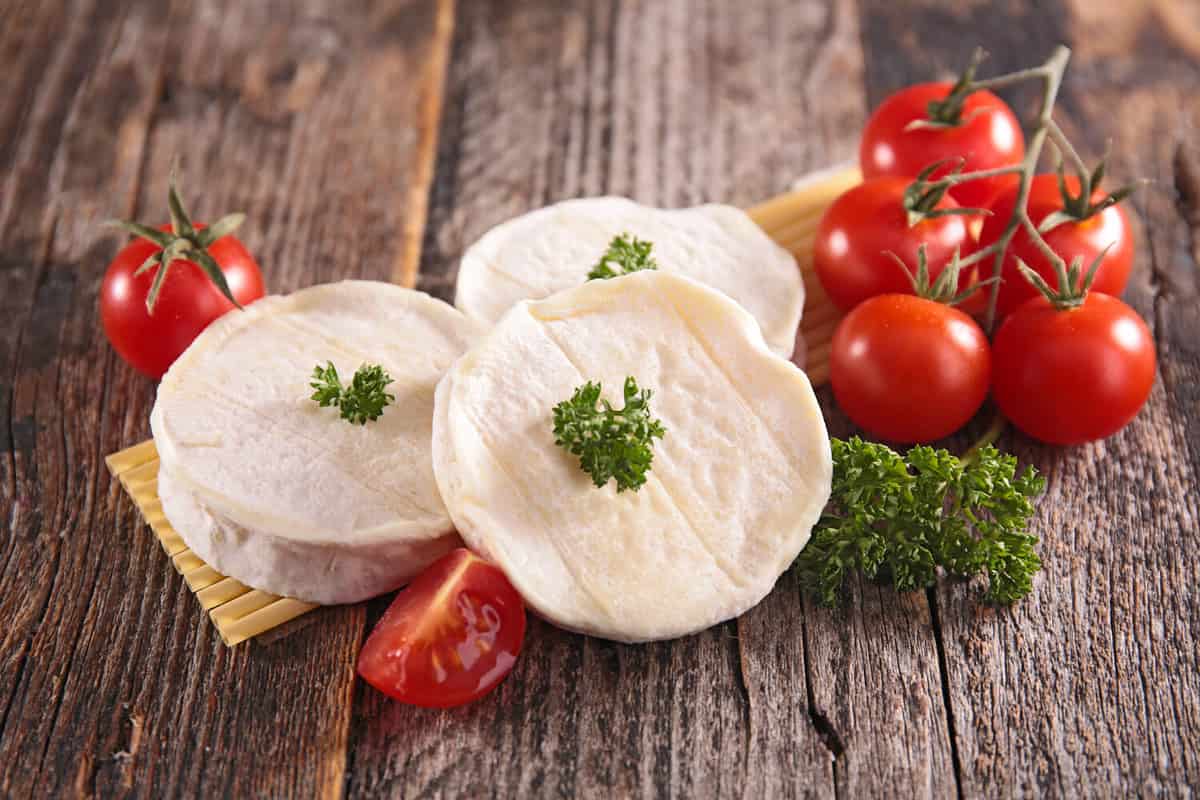
©Chatham172/Shutterstock.com
This is because:
- It has a faster melting rate than ricotta, which can create problems with recipes that demand longer cooking times
- It has a similar sharp flavor.
5. Parmesan
Parmesan is a satisfying classic. On its own, it may not be enough, as it can end up being a bit too dry. However, you can mix it with different items to create a very close approximation.
This is an especially good choice for people who want a bit of the grittiness of ricotta but would like to dial it back just a tad. An option that is widely popular is to mix cottage cheese with Parmesan to arrive at the desired texture.
If you're using it for baked ziti or stuffed shells, you may want to add a bit of a stringier mozzarella to better hold the concoction together.
- The must-have convenient reference guide for every home cook!
- Includes more than 8,000 substitutions for ingredients, cookware, and techniques.
- Save time and money on by avoiding trips to grab that "missing" ingredient you don't really need.
6. Bechamel Sauce
One of the five mother sauces of French cooking is béchamel. The béchamel sauce serves as the foundation for many other sauces, which is why it is referred to as a mother sauce. It's made up of cooked butter and flour, known as a roux, combined with a little milk or cream.
Béchamel allows a chef far more control over the consistency of the sauce. It can also withstand longer cooking times. If you want the sauce to be a little runnier, just add a little extra milk. Reduce the milk if you want something thicker.
Because it can withstand extended cooking times, it minimizes the risks of getting burned food, which can happen when using ricotta.
Back in the day, many recipes for things like lasagna called for béchamel sauce. Recipes altered over time, most likely due to a desire for convenience, and began to include cottage cheese and ricotta where they originally called for a béchamel sauce.
Cottage Cheese Substitutes
1. Kefir
Kefir is a cheese with a texture similar to that of buttery Greek yogurt. However, its nutritional content is very similar to cottage cheese. While it can be used as a substitute for cottage cheese in dips or toppings, it is not advisable for kefir to be used in cooked recipes.
2. Sour Cream
For savory dishes that call for a replacement for cottage cheese, sour cream is a great option since it has a tangier, sharper flavor. Sour cream is also one of the better cottage cheese alternatives for recipes that tend to dry out a bit since it has a higher moisture content. So if you're having trouble getting an adjusted recipe to come out right, sour cream might be just what you need.
3. Mozzarella
Mozzarella is one of the most popular cheeses made of cow's milk, and while it misses the exact cottage cheese texture, it can work out great in savory recipes like lasagna. You can mix finely diced or chopped mozzarella with whipped heavy cream for a thicker and more robust substitute.
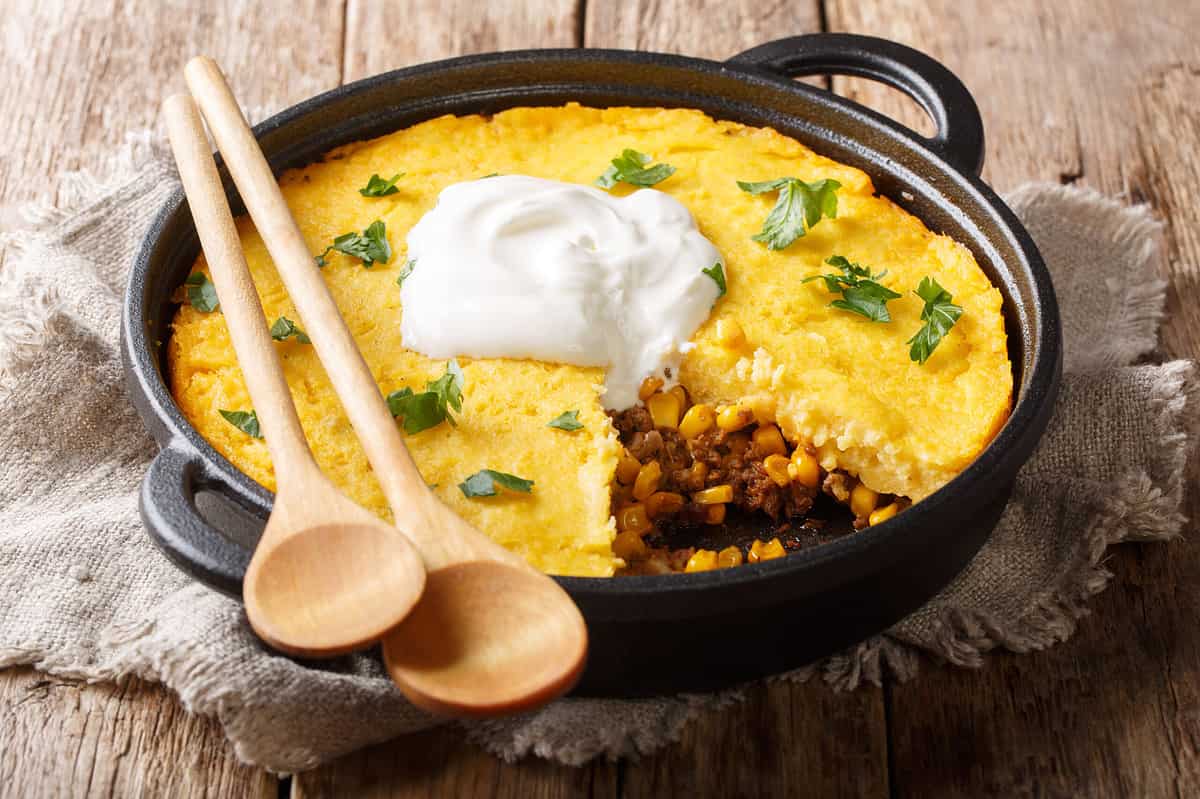
©Sergii Koval/Shutterstock.com
4. Tofu
Tofu is a compressed bean curd product that is made from soy, which makes it a great substitute for cottage cheese for those following a vegan or vegetarian diet. It can easily copy cottage cheese in the mildness of flavor and texture when mashed. Tofu has little taste on its own but will take on flavors of spices and foods in the dish.
5. Fromage Blanc
While fromage blanc does have a similar taste to Greek yogurt, it is creamier and has a deeper, more buttery taste. This makes it one of the best substitutes for cottage cheese for making desserts and sweet treats. Fromage blanc is also a preferred choice and an ideal substitute in dips and spreads since it has such a fluffy texture.
6. Egg Whites
Egg whites are a fantastic source of protein and can be used in place of cottage cheese. They are high in protein and have a low-fat content. The fats found in egg whites are regarded to be significantly healthier fats because they are not saturated fats.
While scrambled egg whites can be used in any recipe that calls for tiny amounts of cottage cheese, they will lack the taste and creamy texture of cottage cheese. When extra texture is required, hard-boiled egg whites can be used in place of cottage cheese. A quick and easy alternative to a cup of cottage cheese is an egg white omelet.
Cottage Cheese Recipes
Ricotta Cheese Recipes
Print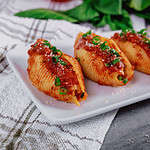
Broccoli Ricotta Mozzarella Stuffed Shells
Ingredients
24 jumbo shells, uncooked
1 10-oz. package frozen chopped broccoli, thawed
1 cup part-skim ricotta cheese
1/2 cup shredded mozzarella cheese
1/2 teaspoon dried basil
1/2 teaspoon dried oregano
salt and freshly ground black pepper to taste
1 (28 ounce) jar Italian pasta sauce
Instructions
1. Prepare pasta according to package directions; drain.
2. Combine broccoli, ricotta cheese, mozzarella cheese, oregano, basil, salt and pepper.
3. Stir together until well blended. Pour about 1 cup pasta sauce over bottom of 13 x 9 x 2-inch baking pan.
4. Spoon 1 round tablespoon of cheese mixture into each shell and place open-side up in an even layer in the pan.
5. Pour remaining pasta sauce over and around shells. Cover pan with foil.
6. Bake at 375 degrees F for about 25 minutes until heated through, and serve.
Conclusion
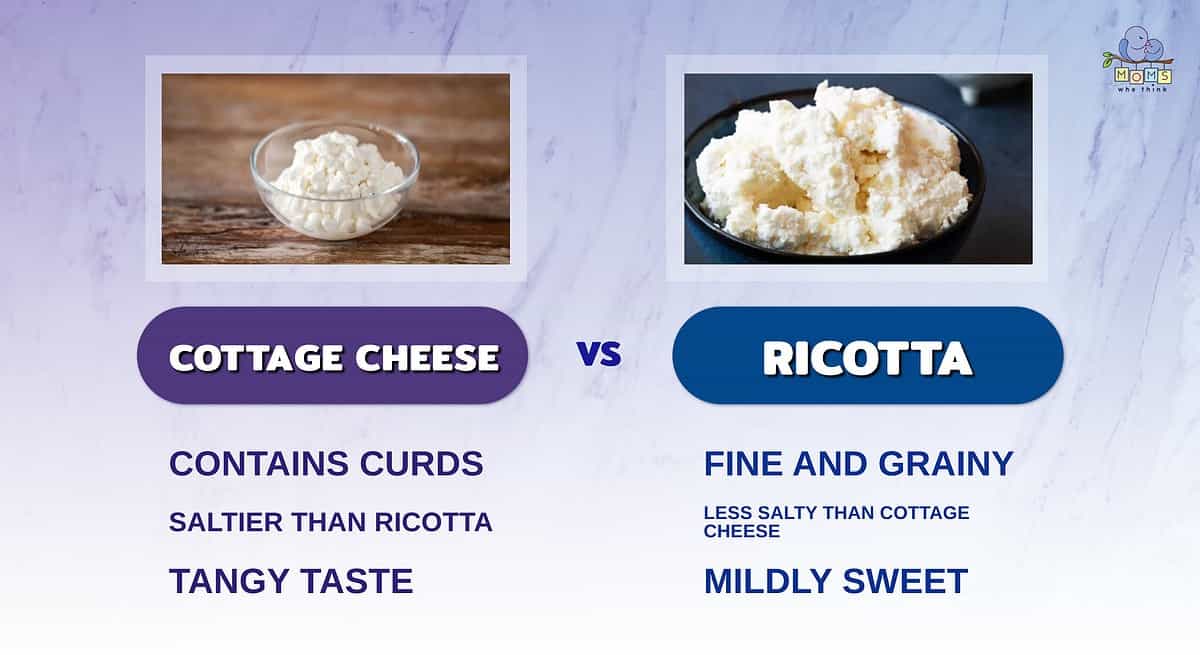
- Cottage cheese contains curds; these curds can be small, medium, or large. Ricotta is much finer, although it is still grainy.
- Salt is added to cottage cheese during production, meaning that it has a saltier taste than ricotta.
- Cottage cheese has a tangy, creamy taste, while ricotta is mildly sweet. Which one you prefer will depend on your texture and taste preferences.
Cottage cheese and ricotta are great Italian cheeses for multiple dishes. Cottage cheese is salty, while Ricotto has more sweetness to it. They are a great source of nutrients, minerals, and vitamins; they benefit the body. The several options of cottage cheese are perfect for those wanting to avoid fat, but generally, both kinds of cheese are suitable for the body if used in moderation.
The image featured at the top of this post is ©Elena Shashkina/Shutterstock.com.
- The must-have convenient reference guide for every home cook!
- Includes more than 8,000 substitutions for ingredients, cookware, and techniques.
- Save time and money on by avoiding trips to grab that "missing" ingredient you don't really need.
